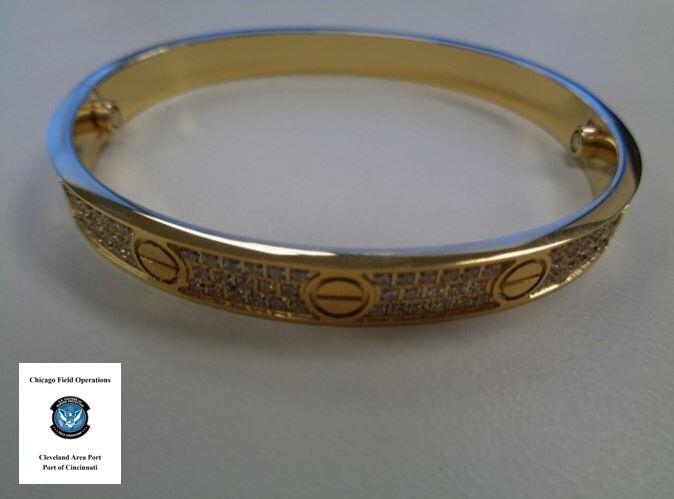CBP: Make Sure to Buy Mom the Real Thing This Mother’s Day

U.S. Customs and Border Protection is reminding consumers to be alert for counterfeit goods while shopping for Mother’s Day on May 9.
Illicit manufacturers continue to exploit the rapid growth of e-commerce to sell counterfeit goods to unsuspecting consumers in the United States. In Fiscal Year 2020, CBP seized more than 26,500 shipments containing counterfeit goods that would have been worth nearly $1.3 billion had they been genuine.
“When you buy counterfeit goods, you’re getting an inferior product that may contain deadly chemicals, faulty wiring, or other health hazards,” said John Leonard, Acting Executive Assistant Commissioner for the CBP Office of Trade. “CBP personnel are working around the clock at our ports of entry to protect Americans from counterfeits and other dangerous goods.”
CBP personnel intercept counterfeit goods bound for consumers and marketplaces throughout the United States every day. Recent CBP seizures include:
- $4.26 million of counterfeit jewelry in Cincinnati, Ohio.
- Nearly $636,000 of counterfeit designer handbags, jewelry, and accessories at the International Mail Facility in Chicago, Illinois.
- $366,000 of counterfeit designer perfumes at the Port of Los Angeles/Long Beach. Counterfeit perfumes and cosmetics can contain harmful chemicals.
- More than 500 counterfeit iPhones bound for Miami, Florida. Counterfeit electronics can pose serious fire hazards to consumers.

earrings, and bracelets in March.
CBP data indicates that handbags, wallets, wearing apparel, footwear, watches, jewelry, and consumer electronics are at higher risk of being counterfeited. Counterfeit versions of popular brands are regularly sold in online marketplaces and flea markets.
In addition to posing potential health and safety hazards, counterfeit goods are often of inferior quality. Peeling labels, low-quality ink or printing errors on the packaging, and loosely packed items in the box can be signs that the product you purchased may not be legitimate. Counterfeit apparel and handbags may feature poor or uneven stitching and improperly sized or designed logos. The performance of counterfeit electronics is often marked by short battery life and regular overheating.
Consumers can take simple steps to protect themselves and their families from counterfeit goods:
- Purchase goods directly from the trademark holder or from authorized retailers.
- When shopping online, read seller reviews and check for a working U.S. phone number and an address that can be used to contact the seller.
- Review CBP’s E-Commerce Counterfeit Awareness Guide for Consumers.
- Remember that if the price of a product seems too good to be true, it probably is.
To report suspected counterfeits, visit CBP’s online e-Allegations portal or call 1-800-BE-ALERT. More information about counterfeit goods is available on CBP’s Fake Goods, Real Dangers website and StopFakes.gov.